Ferns are among the oldest plants on Earth, thriving in a variety of habitats, including some of the most secluded and undisturbed areas. While many ferns are familiar sights in gardens and forests, there are numerous uncommon species that flourish in hidden corners of the world. These unique ferns, with their distinct adaptations and captivating appearances, offer a glimpse into the diverse and resilient nature of plant life. Here are 14 uncommon ferns that grow in such secluded areas, each with its own fascinating story.
Elfin Wood Fern (Lastreopsis microsora)
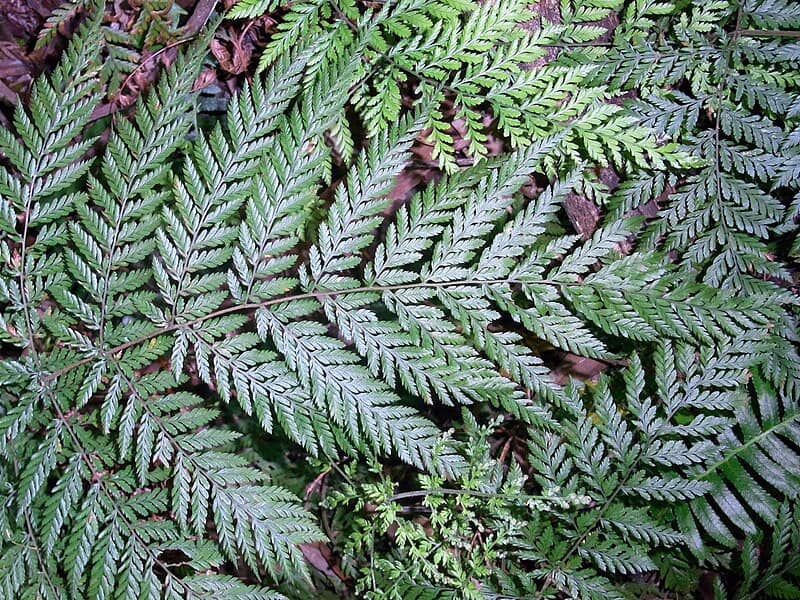
Found in the damp, shady forests of New Zealand, the Elfin Wood Fern is a small, delicate fern with finely divided fronds. Its leaves are a vibrant green, providing a lush carpet-like appearance on forest floors. Preferring high humidity and low light, this fern thrives in secluded, undisturbed areas. The Elfin Wood Fern is slow-growing and often forms dense colonies. This species is a key indicator of a healthy, undisturbed forest ecosystem.
Jamaican Tree Fern (Cyathea pubescens)
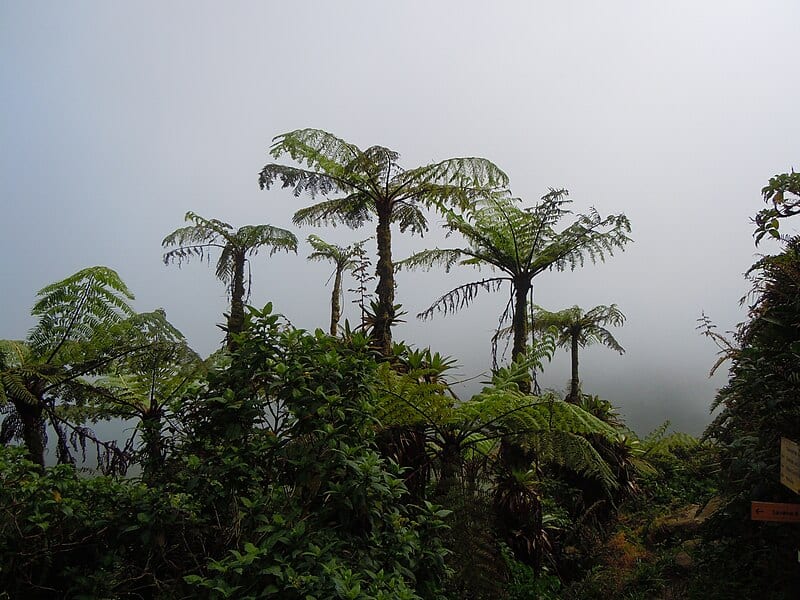
Nestled in the remote montane forests of Jamaica, the Jamaican Tree Fern stands out with its tall, slender trunk and umbrella-like fronds. This fern can reach heights of up to 10 meters, creating a dramatic presence in the forest canopy. Its fronds are covered in fine, hair-like structures, giving them a unique, fuzzy appearance. The fern prefers well-drained, acidic soils and high humidity. It is a vital part of the forest ecosystem, providing habitat and food for various wildlife species.
Moonwort Fern (Botrychium lunaria)
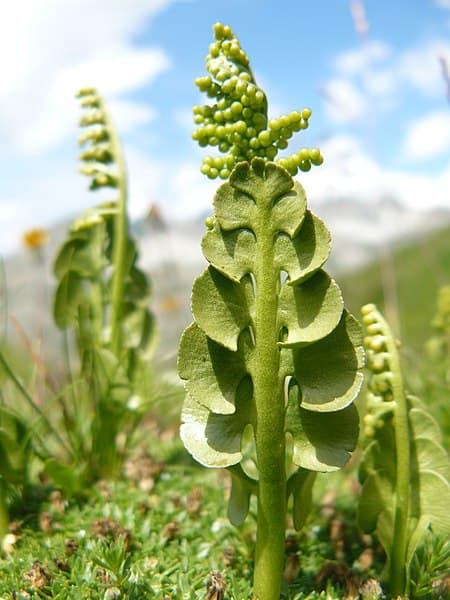
The Moonwort Fern, with its small, crescent-shaped leaflets, grows in the secluded alpine meadows and woodlands of the Northern Hemisphere. This fern is highly elusive and often goes unnoticed due to its diminutive size and sporadic growth patterns. It is unique in that it produces both fertile and sterile fronds, with the fertile fronds bearing clusters of spores. Moonwort Ferns have a symbiotic relationship with underground fungi, which is essential for their growth. They are considered a rare and mystical plant in many cultures.
Cliff Brake Fern (Pellaea atropurpurea)
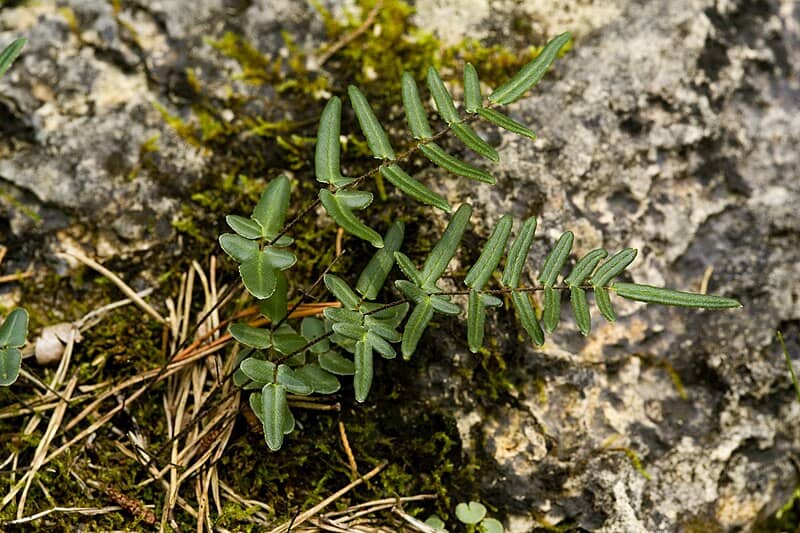
Thriving on rocky outcrops and cliffs in secluded areas, the Cliff Brake Fern has dark green, leathery fronds with a purplish hue. This hardy fern is well adapted to its harsh environment, often found in crevices where it can anchor its roots. Its fronds are highly drought-tolerant and can survive in minimal soil. The Cliff Brake Fern’s ability to grow in such inhospitable locations makes it a fascinating study in plant resilience. Its presence is often a sign of undisturbed, pristine habitats.
Black Spleenwort (Asplenium adiantum-nigrum)
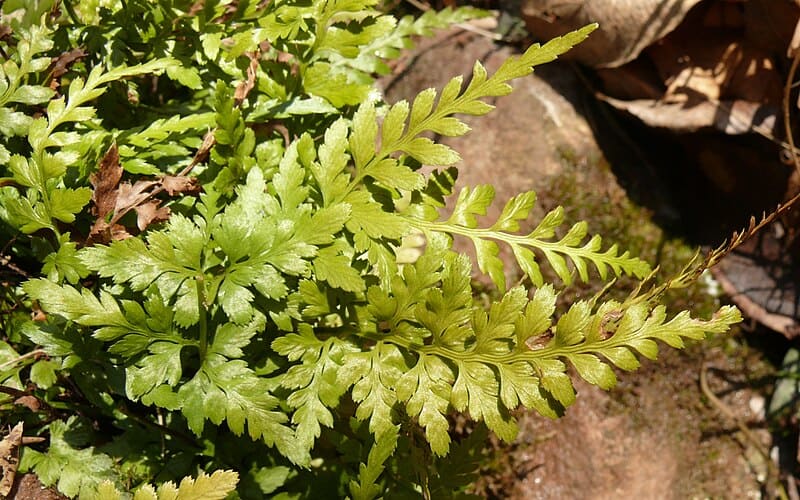
The Black Spleenwort, with its delicate, lacy fronds, can be found in the deep, shaded ravines and rocky crevices of Europe and North America. This fern prefers limestone-rich soils and high humidity environments. Its fronds are a deep green with a distinctive black stem, which contrasts beautifully with the surrounding foliage. The Black Spleenwort is a slow-growing fern, often forming small, compact clusters. It is an indicator species for ancient woodlands and undisturbed habitats.
Filmy Fern (Hymenophyllum tunbrigense)
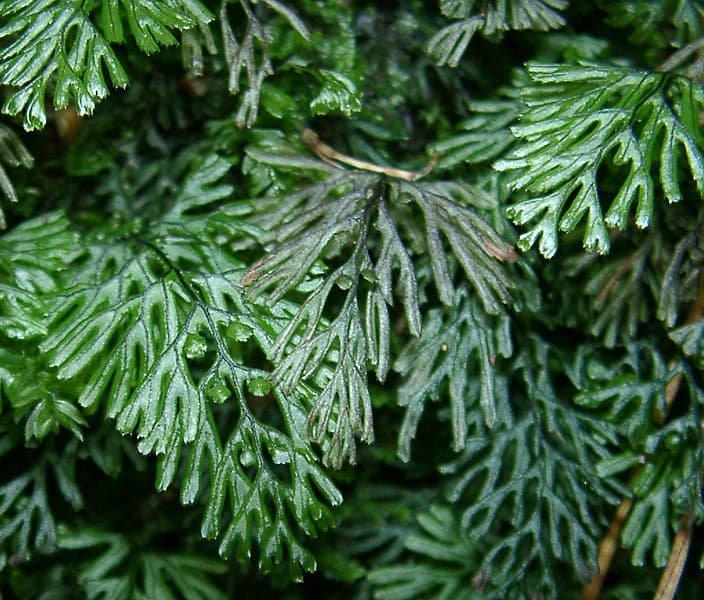
Growing in the mist-laden forests of the British Isles and Western Europe, the Filmy Fern has ultra-thin, translucent fronds. These delicate fronds are only one cell thick, allowing light to pass through and giving the fern a delicate, almost ethereal appearance. Filmy Ferns thrive in the constant humidity and low light of secluded forest floors. They are highly sensitive to changes in their environment, making them rare and difficult to cultivate. Their presence is a sign of a well-preserved and ancient forest ecosystem.
Killarney Fern (Trichomanes speciosum)
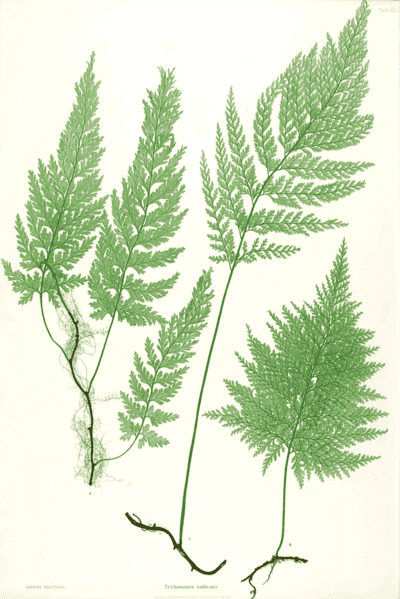
Found in the damp, shaded grottos and ravines of Ireland and Western Europe, the Killarney Fern is a rare and ancient species. It has finely divided, translucent fronds that give it a delicate, lace-like appearance. This fern is highly sensitive to light and moisture, preferring constant humidity and low light conditions. The Killarney Fern is a relict species from the last Ice Age, making it a living fossil of sorts. Its presence is a testament to the stability and age of its habitat.
Staghorn Fern (Platycerium bifurcatum)
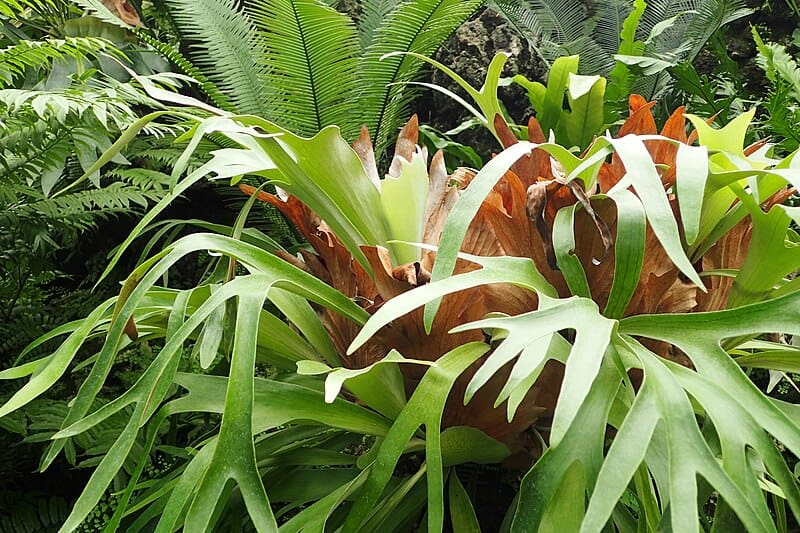
Growing in the secluded rainforests of Australia and Southeast Asia, the Staghorn Fern is an epiphytic fern that attaches itself to tree trunks and branches. It has large, antler-like fronds that can reach up to several feet in length. The fern’s unique fronds help it capture water and nutrients from the air. Staghorn Ferns prefer high humidity and indirect light, thriving in the canopy of dense forests. Their striking appearance and unusual growth habits make them a fascinating addition to any forest ecosystem.
Tongue Fern (Pyrrosia lingua)
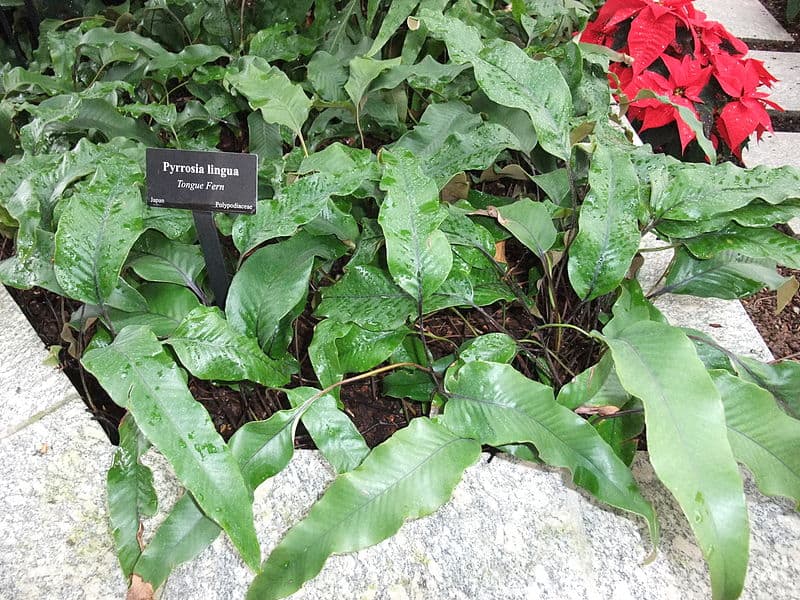
Found in the secluded forests of East Asia, the Tongue Fern has long, narrow fronds that resemble tongues. This epiphytic fern grows on tree trunks and rocks, thriving in the constant humidity and low light of the forest understory. Its fronds are covered in a dense layer of hairs, giving them a velvety texture. The Tongue Fern is highly adaptable, able to withstand periods of drought by curling its fronds to conserve moisture. It is a resilient species that plays a crucial role in the forest ecosystem.
Ladder Brake Fern (Pteris vittata)
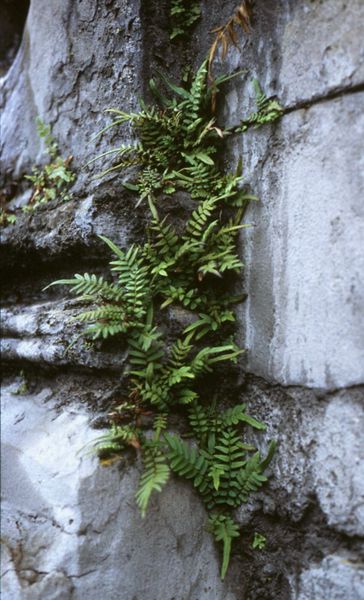
Growing in the secluded limestone caves and cliffs of the Mediterranean region, the Ladder Brake Fern has long, arching fronds with a distinctive ladder-like pattern. This fern is well adapted to rocky, alkaline soils and can often be found in inaccessible locations. Its fronds are a bright green, providing a striking contrast to the surrounding rocks. The Ladder Brake Fern is a hardy species, capable of withstanding drought and high temperatures. Its presence is an indicator of undisturbed, ancient landscapes.
Bristle Fern (Trichomanes boschianum)
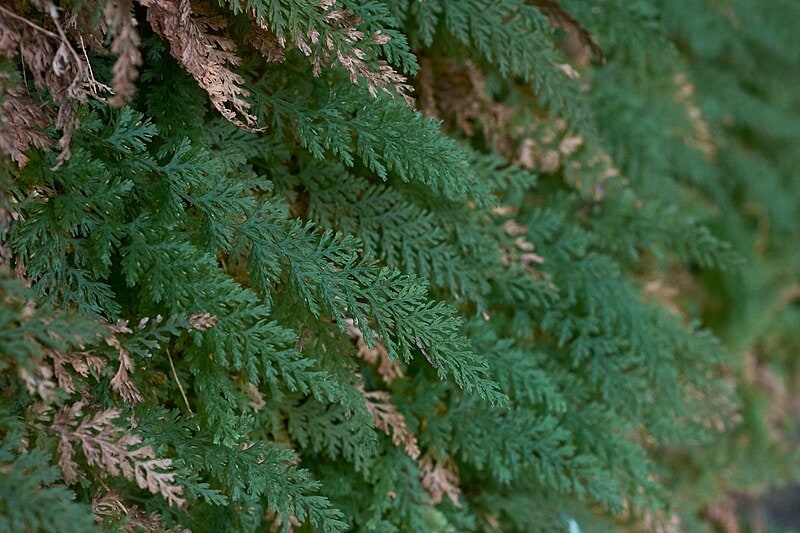
Found in the deep, shaded ravines and moist rock faces of the Appalachian Mountains, the Bristle Fern is a small, delicate fern with finely divided fronds. This fern prefers high humidity and constant moisture, often growing in the misty spray zones of waterfalls. Its fronds are a bright green, with a distinctive bristly texture. The Bristle Fern is highly sensitive to changes in its environment, making it a rare and elusive species. Its presence is a sign of a pristine, undisturbed habitat.
Rock Polypody (Polypodium vulgare)
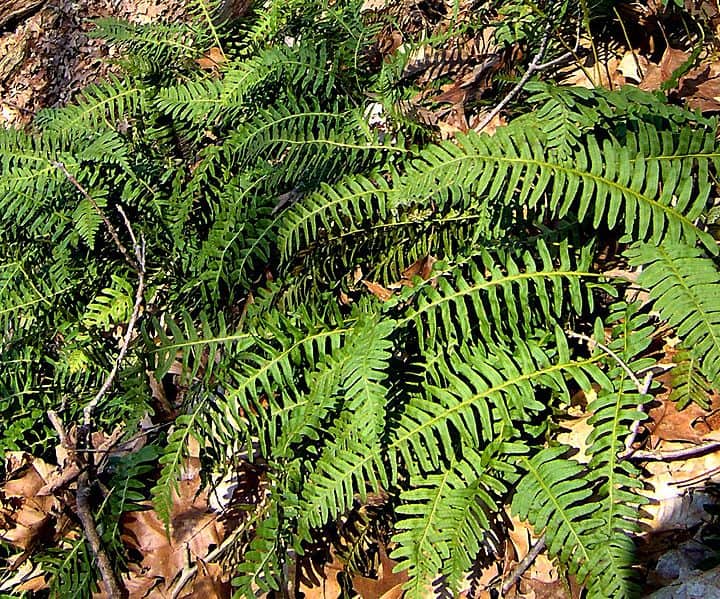
Hidden in the crevices of rocky outcrops and cliffs in Europe and North America, the Rock Polypody is a hardy fern with leathery, evergreen fronds. This fern is well adapted to harsh, rocky environments, often growing in minimal soil. Its fronds are a dark green, providing a striking contrast to the surrounding rocks. The Rock Polypody is a slow-growing species, often forming small, compact clusters. Its presence is an indicator of ancient, undisturbed landscapes.
Silver Fern (Cyathea dealbata)
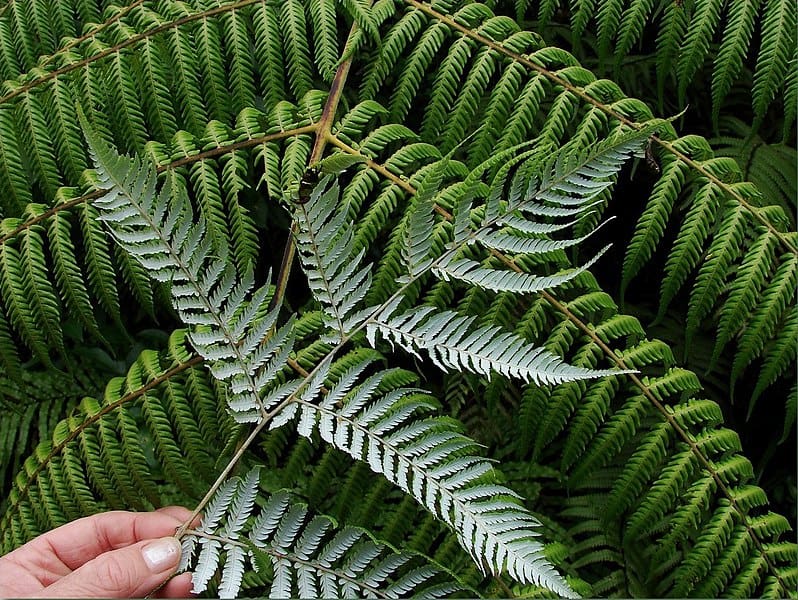
Native to the secluded forests of New Zealand, the Silver Fern is a tall, majestic fern with silvery-white undersides to its fronds. This fern can reach heights of up to 10 meters, creating a dramatic presence in the forest canopy. Its fronds are large and arching, providing shade and habitat for various forest species. The Silver Fern prefers high humidity and well-drained soils, thriving in the constant moisture of the forest floor. Its striking appearance and unique fronds make it a symbol of New Zealand’s natural beauty.
Walking Fern (Asplenium rhizophyllum)
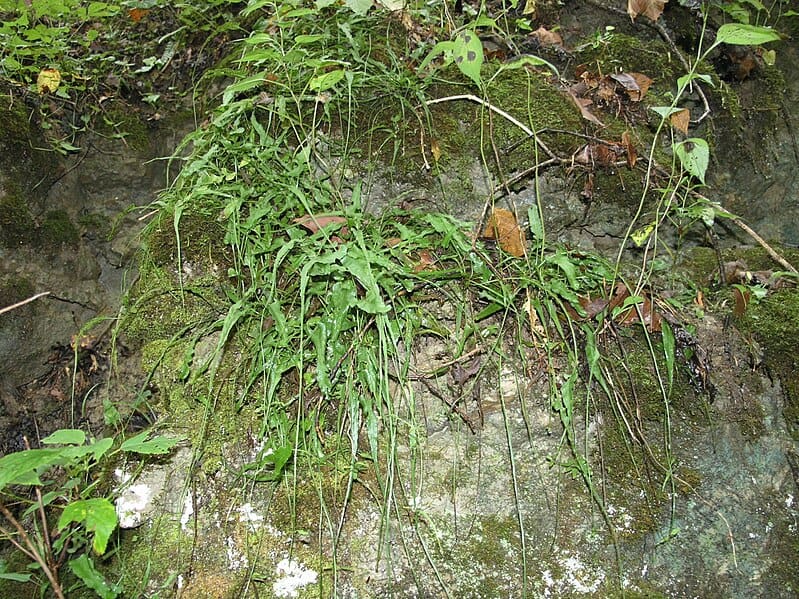
Found in the secluded limestone outcrops and shaded ravines of Eastern North America, the Walking Fern has long, narrow fronds that can root and form new plants at their tips. This unique growth habit allows the fern to “walk” across the forest floor, spreading slowly over time. Its fronds are a deep green, providing a striking contrast to the surrounding rocks. The Walking Fern prefers high humidity and constant moisture, often growing in the misty spray zones of waterfalls. Its presence is a sign of a pristine, undisturbed habitat.
This article originally appeared on Rarest.org.
More From Rarest.Org
Discover the most affluent areas in major cities worldwide, each offering a unique blend of luxury, exclusivity, and cultural significance. These neighborhoods are renowned for their high property values, prestigious residents, and unparalleled amenities. Read more.
The world of esports has grown tremendously, with teams earning millions in prize money and sponsorships. From Dota 2 to League of Legends, these teams have made their mark in various competitive gaming arenas. Read more.
When it comes to luxury timepieces, certain brands stand out for their excellence and prestige. These watchmakers have a rich history and are known for their superior craftsmanship, innovative designs, and timeless elegance. Read more.



